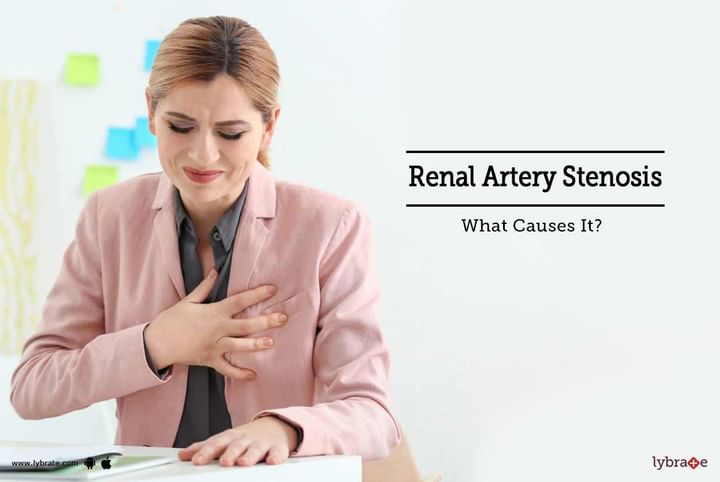Renal Artery Stenosis - What Causes It?
The blood vessels are elastic tubules controlled by valves through which blood flows. Depending on the organ and the distance from the heart, these vessels should be of certain thickness to ensure proper blood supply, this maintains a constant normal pressure of the blood flow. In this condition, the blood vessels are narrowed, which results in reduced blood supply, affecting optimal function.
Causes:
- With age, the elasticity of these vessels reduce and therefore blood flow and blood pressure can be affected. This is known as arteriosclerosis – hardening of the arteries.
- In parallel, with blood cholesterol levels on the rise, the vessels are narrowing due to the accumulation of plaque in the blood vessels. As blood is flowing through the arteries, the fat molecules, being sluggish and heavier, settle down along the vessel walls. They attract more fat molecules and so the fat deposit layer continues to grow thicker and the vessel narrows further. This is known as atherosclerosis.
Both conditions result in narrowed blood vessels, and when the vessels supplying the kidneys are affected, there is reduced blood flow, which is interpreted as low blood pressure, leading to hormone release which increases the blood pressure. So, one of the main symptoms of renal artery stenosis is uncontrollable blood pressure.
Risk factors: The following factors put an individual at a higher risk of developing renal artery stenosis.
- Advanced age
- Being a female
- Hypertension
- Smoking
- Diabetes
- Increased cholesterol levels
- Preexisting kidney disease
Symptoms: Though there are no obvious manifestations, uncontrolled high blood pressure can require renal artery stenosis to be ruled out. Some tests to be done include:
- Blood and urine tests to identify abnormal kidney function tests
- Ultrasound to check for structural effects
- Doppler to measure blood flow
- Advanced imaging like MRI to study for structural changes in the kidneys and its blood vessels
Treatment: This would be a two-pronged approach in terms of reducing risks and improving blood pressure.
- Better control of blood pressure levels, either with alternate drugs or increased doses
- Monitor and rigorously control sugar levels
- Cholesterol levels to be controlled
- Quit smoking
In very severe cases, angioplasty and stenting may be required. A catheter (tube) is inserted into the affected blood vessel and a balloon is then inflated to open up the artery. A stent may also be placed to keep the vessel open and ensure optimal blood flow. This comes with its own complications and requires long-term care and monitoring.
- - In very severe cases, bypass of the artery or surgical removal of the affected portion of the kidney may also be required.
In case you have a concern or query you can always consult an expert & get answers to your questions!



+1.svg)
